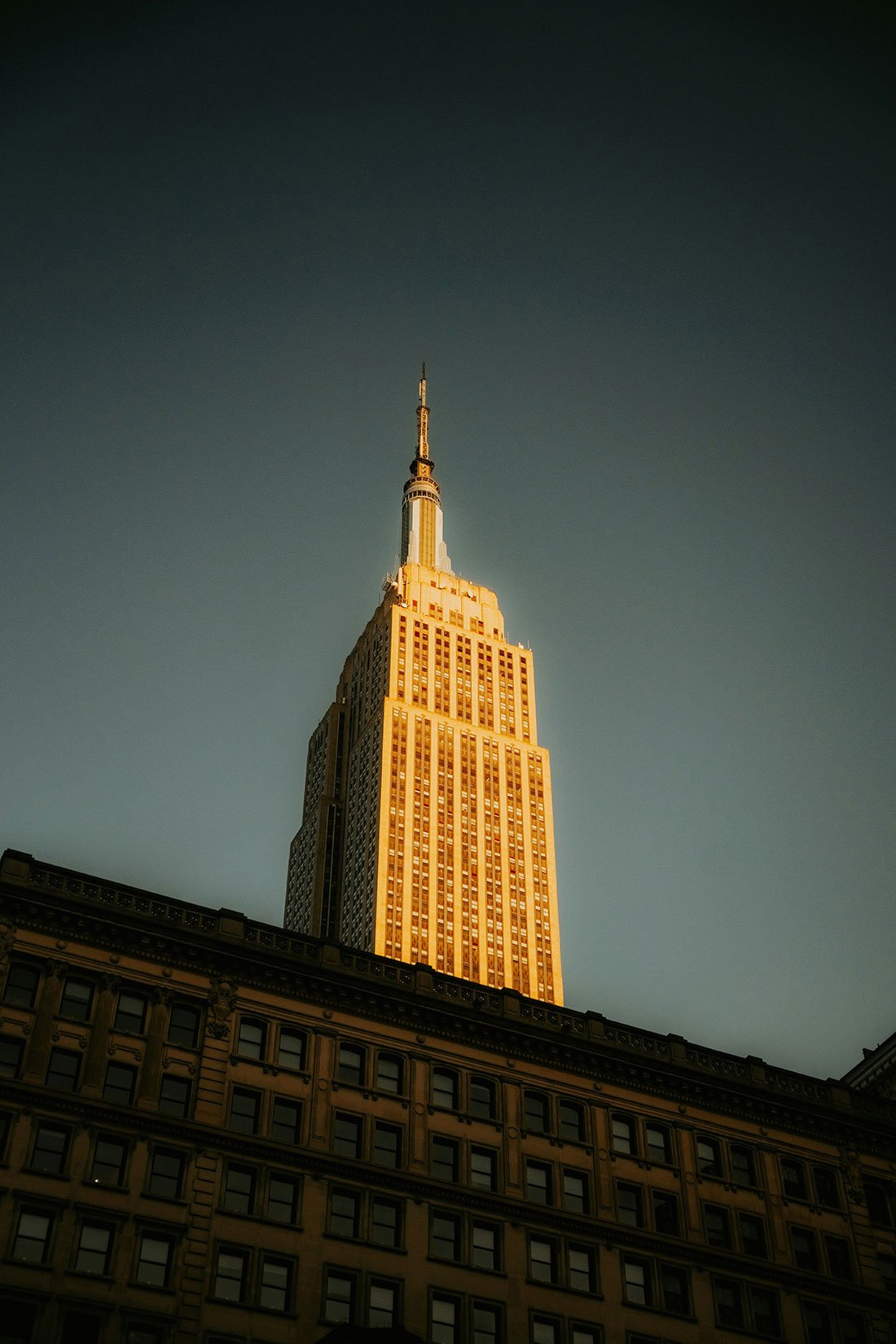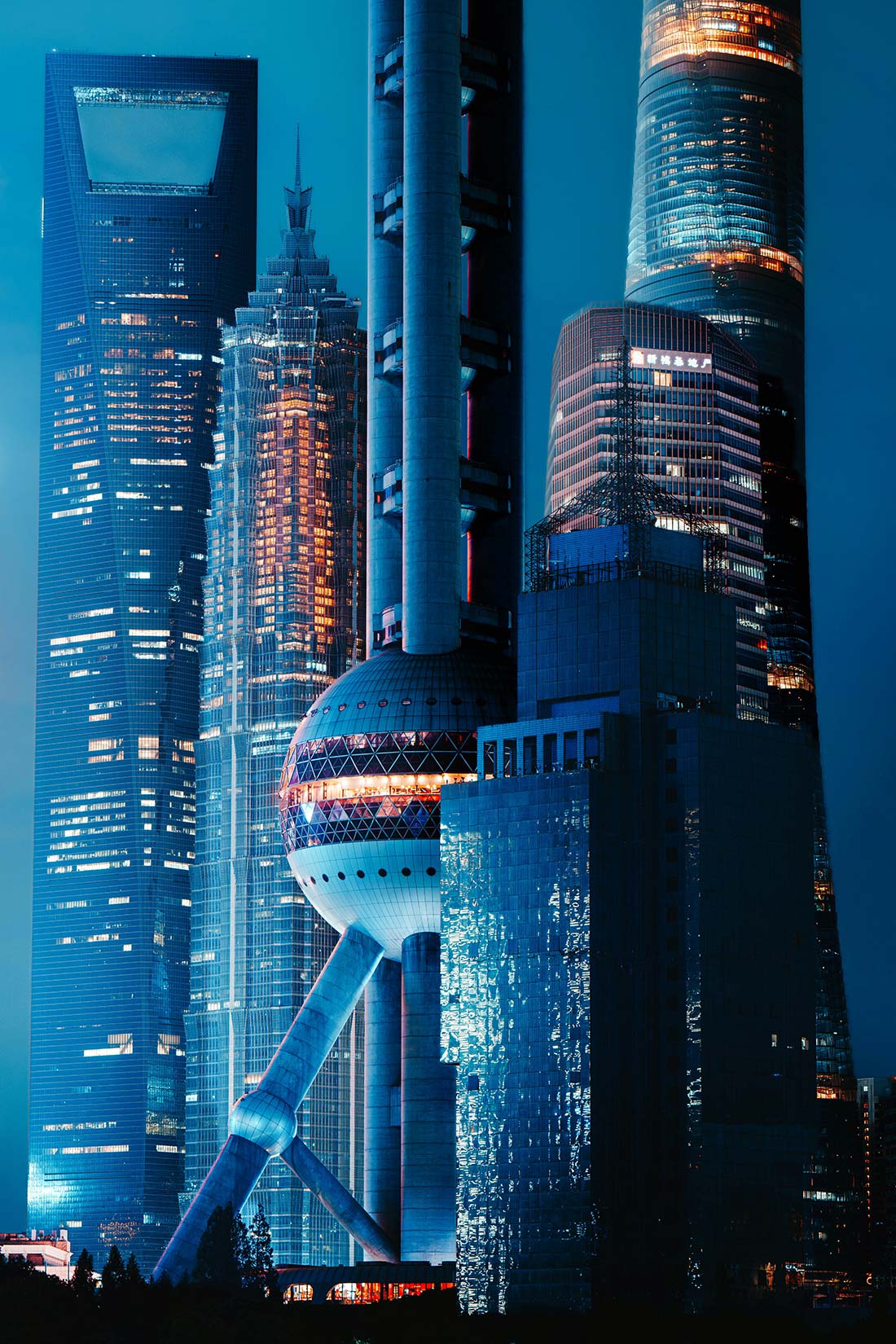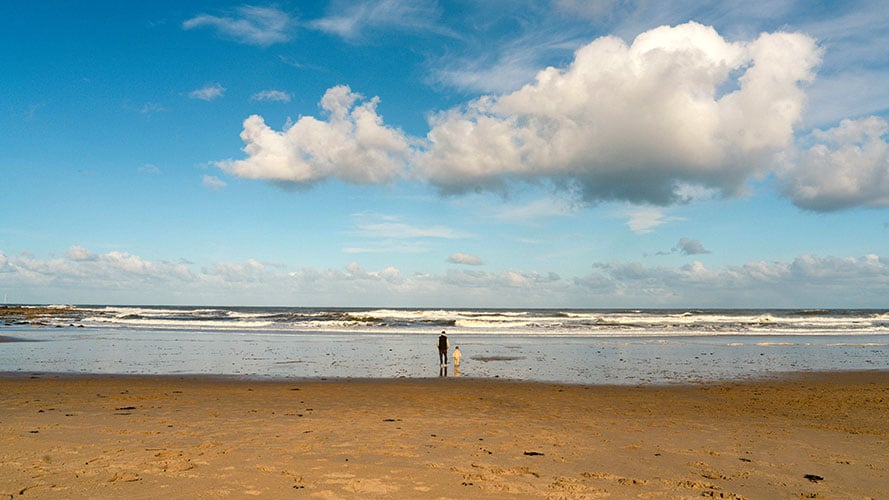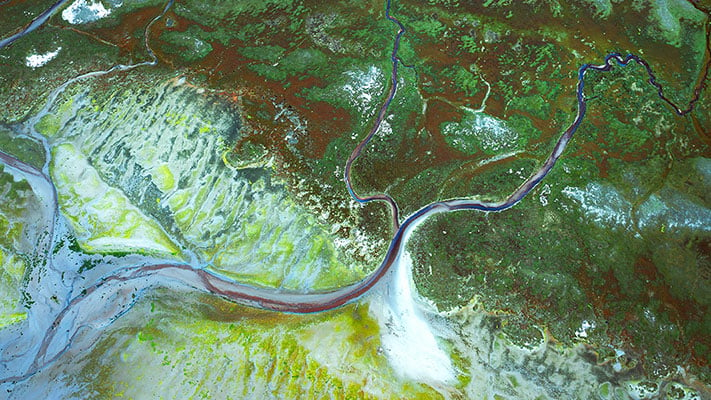Sources: Eurostat, ECB, national central banks, financial supervisory authorities, financial associations and statistical offices, IMF, LSEG, World Inequality Database, Allianz Research.
Wealth Distribution: No progress
For a long time, international wealth development was characterized by convergence, with the gap between poorer and richer countries narrowing. This is no longer the case. This is evident when examining the ratio of net financial assets between advanced and emerging markets (Figure 27). Between 2004 and 2014, this figure fell sharply from 67 to 24. This means that, on average, the net financial assets of richer countries were “only” 24 times higher than those of poorer countries in 2014. However, in the following decade, the decline was only 6 points, reaching a current value of 18. Most of this decline occurred in the first two years, with the ratio falling to 20 by 2016. Since 2017 convergence between richer and poorer countries has more or less come to a standstill.
While it is certainly an exaggeration to proclaim the end of globalization, the process has slowed down. The green transformation is likely to offer emerging markets new opportunities in the international division of labor. However, the negative effects of increasing geopolitical uncertainty, which are hampering investment and leading to the rewiring of supply chains, currently outweigh the positive ones. This is why there has been renewed talk of the Global South – an expression of growing unease that the win-win situation of previous years of globalization is threatening to tip into distribution struggles between poorer and richer countries. Figure 27 illustrates this.

Net financial assets per capita, ratio between advanced and emerging markets
Sources: Eurostat, ECB, national central banks, financial supervisory authorities, financial associations and statistical offices, IMF, LSEG, World Inequality Database, Allianz Research.
Against this backdrop, the number of members of the global wealth middle class remained virtually unchanged from last year's report at around 890mn.6 However, the growth of this class remains impressive in the long term: its membership has grown by +89% over the past two decades. At the same time, the proportion of emerging economies has increased from 43% to 64% (half of these members are from China). The growing participation of poorer countries in global prosperity is particularly evident in the composition of the global high wealth class. Last year, emerging economies accounted for 29% of this group, whereas 20 years ago these countries were virtually absent, accounting for just 1%. This shift in weight has also occurred against a backdrop of strong growth, with the number of members increasing by 37% to 550 million. Indeed, these two wealth classes have grown solely because of the “infusion of new blood” from poorer countries, with the absolute number of members from advanced markets remaining virtually unchanged since 2004.
By contrast, the global low wealth class grew by around 7% (to 4.3bn), with an overall population increase of +17.6% among the countries examined. Notably, the proportion of members from emerging markets fell slightly to 91.7%. Conversely, the proportion from advanced markets has increased slightly, with 357mn people from richer countries now belonging to it (+17.5%).
However, the emergence of a new, significantly more heterogeneous high wealth class does not change the fact that financial asset concentration remains extremely high on a global scale. This is evident when the total population of the analyzed countries is divided into population deciles based on net financial assets.
This shows that the richest 10% of the world's population – around 570mn people in the countries under consideration, with an average of around EUR324,640 in net financial assets – together own 85.1% of total net financial assets in 2024. At least the share has fallen in the long term: two decades ago, it stood at 92.1% (Figure 28). Nevertheless, this figure is much higher than at the national level, where the unweighted average of all countries was 60.4%. At the current rate of progress, it would take another 95 years to reach a 'normal' level of wealth concentration at the global level, comparable to that within countries.
The second richest decile owns only 8.8% of the total, with average net financial assets amounting to EUR34,870. However, for the bottom half of the population, comprising roughly 2.9bn people, almost nothing remains, primarily because people in the 10th decile are, on average, in debt, resulting in negative net financial assets of EUR3,200. However, looking at the fifth and sixth deciles, which are right in the middle of the global wealth distribution, average net financial assets amount to only EUR3,290 and EUR1,720, respectively.
As a result of this high global wealth concentration, there is also a large gap between the global median and the global average of net financial assets. While the median of net financial assets in 2024 was EUR2,510 per capita, the average was 15 times higher (EUR37,050). However, two decades ago, this ratio was still at 34.
At first glance, it seems encouraging that average net wealth per capita grew much faster in the lowest deciles than in the two richest deciles (Figure 29). However, given the huge absolute differences between the deciles, even with high growth differentials, a more equal distribution of wealth at the global level remains a distant dream. A word about the 1st decile with the lowest net financial assets. Its negative growth rate implies a decline in their "net financial assets" – because debt kept rising.
6 The classification in wealth classes is based on worldwide average net financial assets per capita, which stood at EUR37,050 in 2024. The global wealth middle class ("middle wealth", MW) includes all individuals with assets of between 30% and 180% of the global average. This means that for 2024, asset thresholds for the global wealth middle class are EUR11,100 and EUR66,700. The "low wealth" (LW) category, on the other hand, includes those individuals with net financial assets that are below a EUR11,100 threshold, while the term "high wealth" (HW) applies to those with net financial assets of more than EUR66,700 (for details on how the asset thresholds are set, see Appendix A).
Net financial assets, share by deciles 2004 and 2024, in 2024 EUR, in %
Sources: Eurostat, ECB, national central banks, financial supervisory authorities, financial associations and statistical offices, IMF, LSEG, World Inequality Database, Allianz Research.

Growth of average net financial assets per capita per decile, 2024/2004 in %
Sources: Eurostat, ECB, national central banks, financial supervisory authorities, financial associations and statistical offices, IMF, LSEG, World Inequality Database, Allianz Research.

National: No progress
Overall, the distribution of wealth in the national context is less dramatic than in the global context. As previously mentioned, the share of the richest 10% is 60.4% (unweighted average), rather than 86.5%. The gap between median and average wealth is also significantly smaller, with per capita wealth being only around three times higher than median wealth (ratio 3.08). However, in one respect, the national situation is even more worrying. Despite inequality being a major political issue for years, there has been no progress towards greater equality. In 2004, the richest 10% in the countries examined here had a 59.9% share of wealth, and the average wealth was three times the median wealth (ratio 3.05). These figures are almost exactly the same as last year's.
Looking at individual countries, however, changes can already be seen, albeit in only a few. In fact, 37 countries (out of 57) have a relatively stable distribution of wealth; the concentration of wealth has changed by less than 2pps (Figure 30).
The countries where shifts have occurred are, of course, more interesting. First, let's look at those where distribution has improved, i.e. where wealth concentration, measured as the share of the top 10%, has declined. This group comprises only seven countries. With the exception of Cambodia, they are all European. Two groups can be distinguished here: On the one hand, there are countries such as Portugal, Latvia and Ireland, which had a fairly high concentration of wealth of well over 60% at the beginning of the millennium – at least by European standards – and which converged with the European mainstream in the following years. The other group comprises Slovakia, Hungary and the Netherlands, which have always had a fairly balanced distribution of wealth and have improved further. The Netherlands is a good example of this: with the richest 10% accounting for just 46.2% of wealth, it is now one of the most egalitarian countries in the world.
The group of countries in which the share of the top decile has increased comprises 13 countries, almost twice as many as the previous group. China stands out in particular, as nowhere else has the wealth share of the richest 10% risen more sharply: +17.3pps. This is due to the enormous economic and social changes of the last 20 years, which have not only contributed to a huge increase in general wealth, but also to the emergence of a genuine upper class. At 67.9%, the share of the richest 10% in total wealth is now well above the global average. China demonstrates the challenge of reconciling the stimulation of growth with the preservation of distributive justice. After all, it was the unbridled growth of the "wild" 2000s, when the private sector was subject to few restrictions, that primarily caused inequality to rise. In sharp contrast, in the last five years, the concentration of wealth has remained unchanged. The same can be said of India and Türkiye to some extent, where rising wealth concentration is a “side effect” of rapid growth. Developments in the US are cause for concern, given that wealth distribution was already relatively skewed 20 years ago. With the richest 10% owning 67.2% of the wealth, the US is now one of the most unequal countries in the world, with no improvement in sight. This does not apply to the other European countries in this group (with the exception of Sweden), where the increase came from a low base and wealth is still relatively evenly distributed today. Take France, for example, where the share of the richest 10% is 54.7%, which is well below the figure in neighboring Germany (60.4%).
Share of top 10% in total net financial assets, change in pp
Sources: Eurostat, ECB, national central banks, financial supervisory authorities, financial associations and statistical offices, IMF, LSEG, World Inequality Database, Allianz Research.







